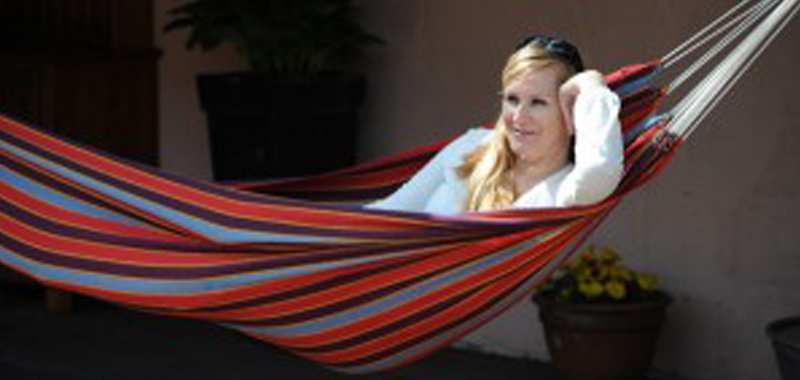Co-owner liable for damage caused by premises
Supreme Court 8 October 2010
A young woman hung a hammock from a brick pillar in the garden at her home. As she lay in the hammock, the pillar broke off shortly above the ground and fell over her. She sustained a high complete spinal cord injury up. She will go through the accident never able to use her arms and legs again and is wheelchair-bound and completely dependent on the assistance of third parties for the rest of her life. The woman was living with her partner at the time of the accident and they jointly owned the house with the garden where the accident happened. They had taken out private liability insurance for the benefit of both of them.
When a building has a defect that causes damage, the owner of the building - that is usually: the owner - is liable for it (art. 6:174 Civil Code). For example, if a wall of a house collapses and causes damage to a passer-by or visitor, the owner of the house is liable. Should the (sole) owner himself suffer damage due to the defect of the building structure, he must bear the damage himself.
In this case, it was the co-owner who was the victim of the defect in the building structure. In civil proceedings, the victim held her partner, and through the latter, the insurer, liable for the damage. The woman's partner and the insurer countered that the statutory scheme meant that the woman had to bear the damage herself, as she herself was a co-owner of the building.
The court ruled that the wife could sue her partner as a co-owner for the damage caused by the defect of the building structure, even though she was a co-owner of the property herself. According to the court, the liability is limited to a maximum of 50% of the damage because the woman is a co-owner of half of the building structure. These damages are borne by the liability insurer.
Both parties filed cassation appeals with the Supreme Court. The Supreme Court dismissed both cassation appeals and upheld the court's decision. According to the Supreme Court, the law (Section 6:174 of the Civil Code) does not exclude liability of one co-owner of a defective building structure towards another. What is most reasonable is to accept that liability. The idea behind this statutory strict liability is to protect an injured party. This idea of protection also applies to a co-owner. The damage must be borne by the co-owners jointly, each for his share in the building. The injured co-owner must himself bear that part of the damage corresponding to his own share in the building. Here, the woman's partner and the insurer are liable for up to 50% of the damage suffered by the woman.
Tip: Liability for defective driveways also occurs in the workplace. Consider a truck driver who gets off at a customer's premises and sprains his foot on a defective driveway. If the employer is not liable for this, the customer can still be sued as the owner of the driveway.

